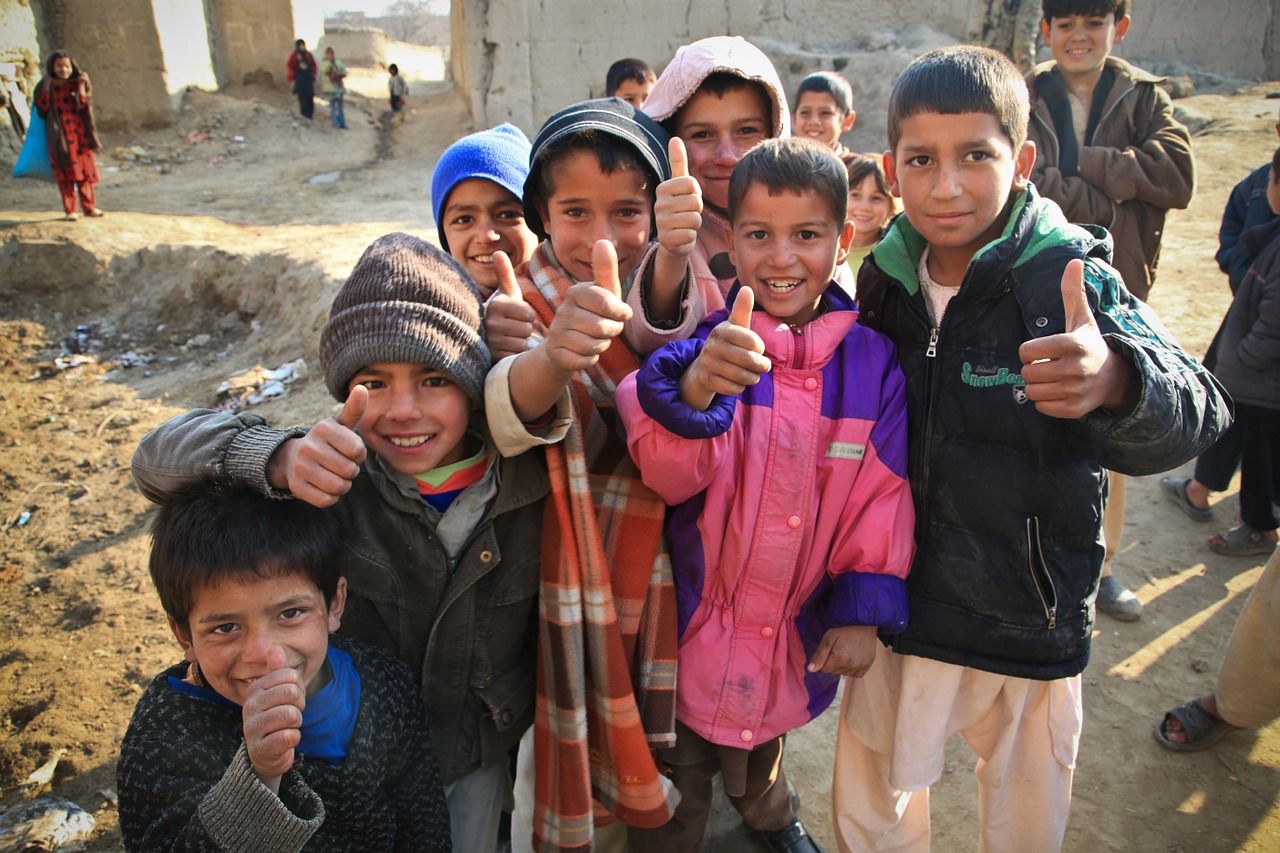Did you know that Afghanistan has not one but two official languages? After coexisting on an informal basis for centuries, both Pashto and Dari (the Afghan term for the language which is also known as Farsi or Persian) were recognized in Afghanistan’s 2004 constitution as the two official languages of the state.
Read on for a look at some fascinating facts about the history, usage, and relationship between these two different but equally important tongues.
The proportional balance between Dari and Pashto speakers is fairly close.
According to recent estimates, roughly 50 percent of all Afghans speak some version of Dari, while over 40 percent speak Pashto.
Dari—the first language of ethnic groups such as the Tajiks, Hazaras, and Aimaqs—is generally viewed as the lingua franca in Afghanistan and has long been used for business and government transactions. Pashto, on the other hand, is the first language of the Pashtuns, who comprise Afghanistan’s largest ethnic minority. It’s also interesting to note that bilingualism and multilingualism are fairly common across the country. For example, many Pashtuns in urban areas also speak Dari, while Dari-speaking Afghans with higher levels of education often have a good command of Pashto as well.
Dari and Pashto are both written using the Arabic alphabet.
Although Arabic is linguistically quite different from Afghanistan’s official languages, it is the Arabic alphabet that is primarily used for both Dari and Pashto, with a few modifications. For example, the modern Dari alphabet includes three extra characters that represent sounds that do not occur in traditional Arabic. Pashto goes even further, using all the Arabic letters, the additional Dari letters, and a number of other special Pashto letters for sounds that are not found in either of the other two languages (in total, the Pashto alphabet has 44 letters, while standard Arabic has 28).

Not everyone is in favor of the term Dari.
Although Dari is the official Afghan word for the Persian language, not everyone agrees on using it. Some Persian-speaking Afghans object to the use of the word on the grounds that it makes the language seem like a separate dialect (that is, the Afghan dialect of Farsi), when in fact, Farsi and Dari are simply two different words for the same language. (This is certainly not to say that there are not distinct accents and variations when it comes to vocabulary and usage, as indeed there are throughout the country, only that these are not enough to constitute a completely different dialect.)
Other Persian speakers believe that calling their language Dari makes them feel too separated from the cultural, linguistic, and historical ties that they share with the rest of the Persian-speaking world, including countries such as Iran and Tajikistan. As a compromise, some linguistic activists in Afghanistan refer to the Persian language as Farsi-Dari.
Some of Afghanistan’s best-known poetry is written in Dari.
Over the course of the last two millennia, during which a series of Persian dynasties spread Farsi throughout significant areas of Central Asia, the language developed a deep, rich, textual presence. Today, scholars can draw on a wealth of historical Persian volumes on philosophy, science, and statecraft to trace the evolution of the Persian language over the course of centuries. Part of this extensive literature includes many works of poetry, including those by Afghanistan’s best-known and most beloved poet Rumi.
A 13th-century poet and theologian, Rumi was known for mixing sensual and religious themes and imagery together in his work. His most famous work, known as the Mathanvi or the Masnavi, is a six-book spiritual epic that attempts to teach Sufi Muslims how to become one with God. Originally written in Dari, Rumi’s poetry has been translated into many different languages and is widely read all over the world.
Unlike Dari, Pashto was a primarily spoken language.
Although the last few centuries have seen an important expansion in the body of writing and literature in Pashto, this language, in contrast to Dari, was long a primarily spoken language. (This is partly to do with the relatively restricted location of Pashto speakers, who have been largely isolated in the mountains of the Hindu Kush.)
As a result, the richness of the Pashto oral tradition is remarkable. For example, in addition to long-form oral poetry and stories, a special genre of short Pashto folk poems called landays has developed. Composed by women and typically sung aloud to the beat of a drum, these poems describe the everyday trials, tribulations, and joys of life for Afghan women. Today, alongside this oral tradition, Pashto writing and literature are more widely recognized due in part to the acclaim given to poets such as Khushal Khan Khattak, a 17th-century warrior and poet whose works touch on subjects such as unity, honor, war, and love.

